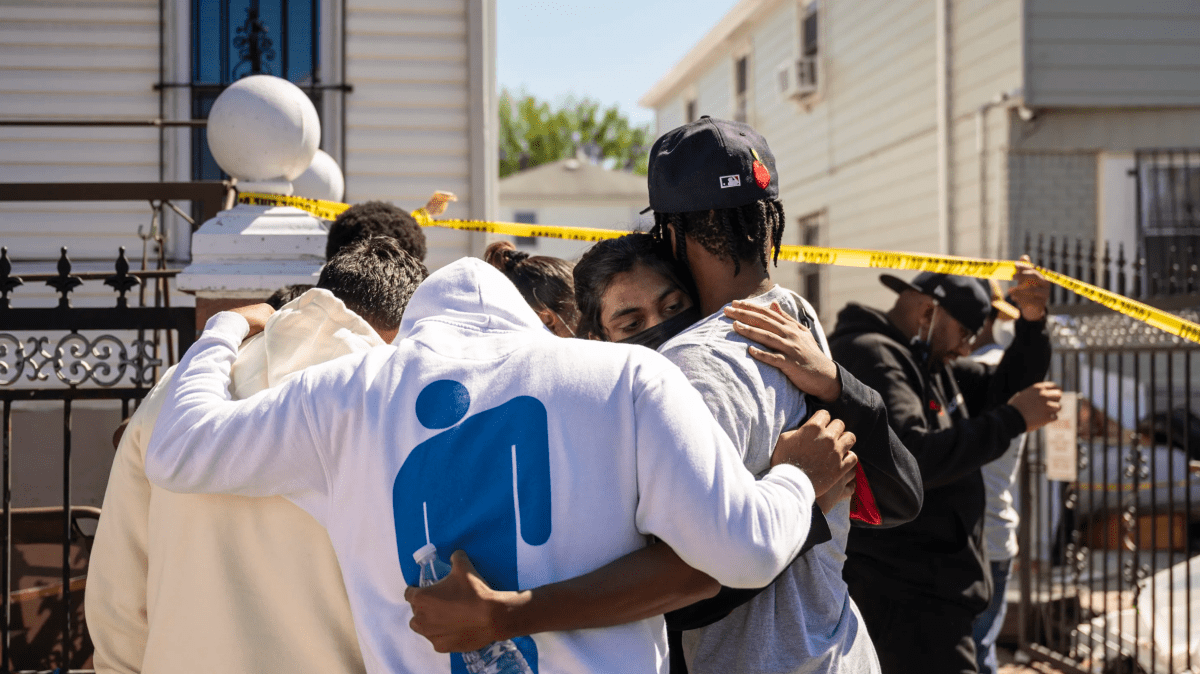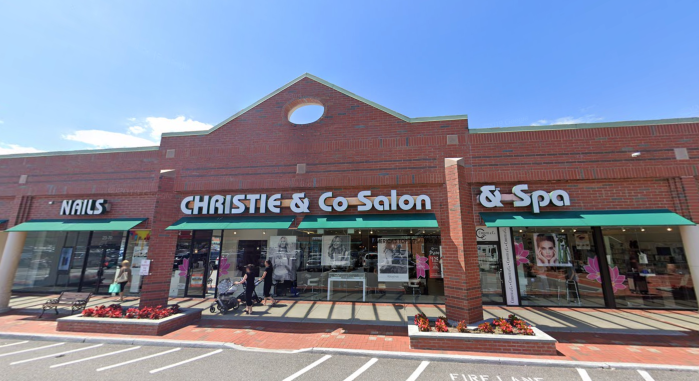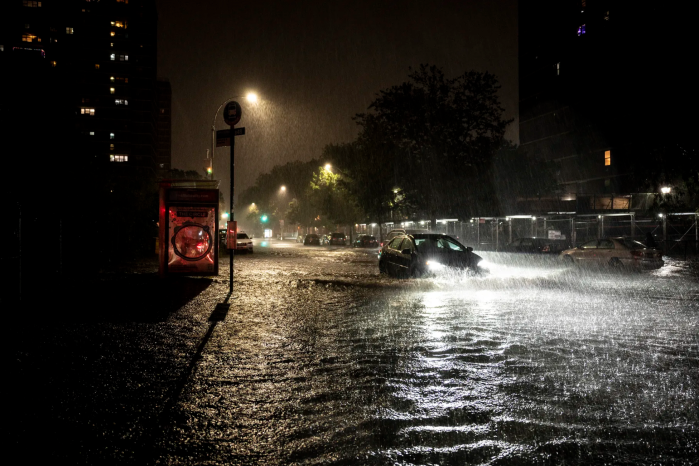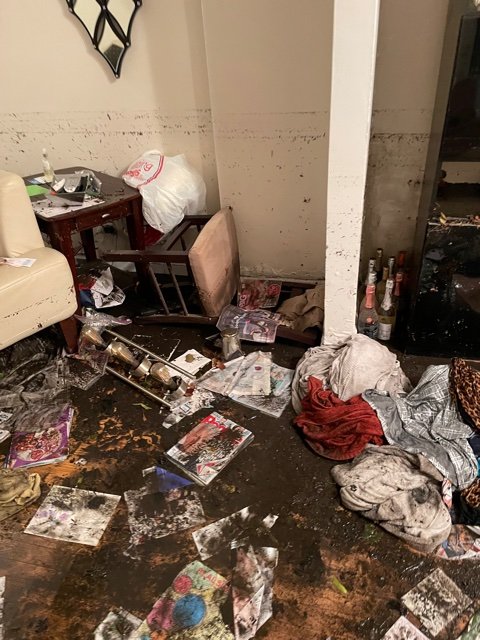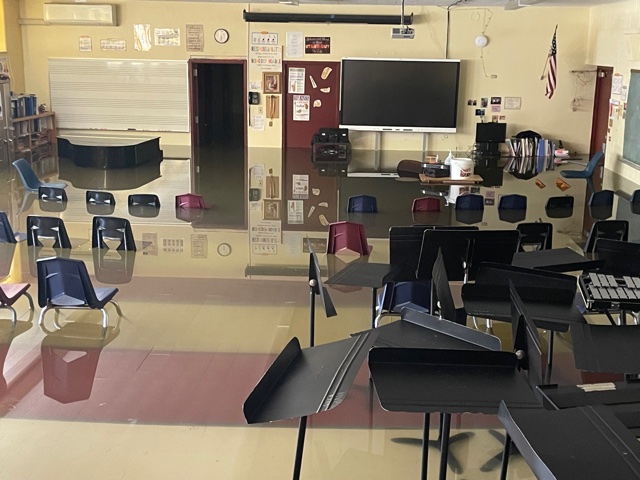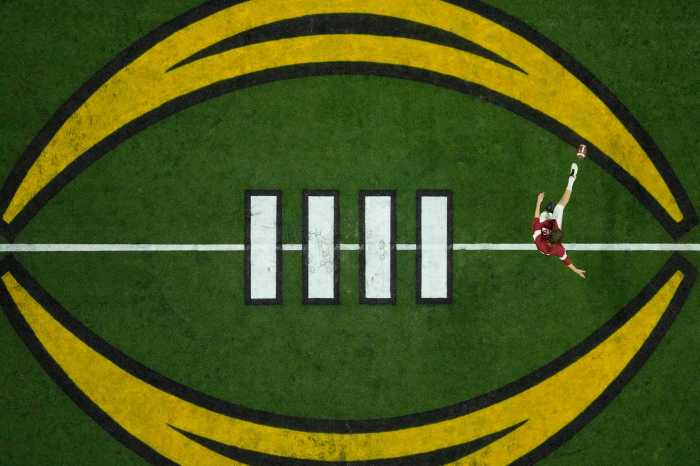This article was originally published on by THE CITY. Sign up here to get the latest stories from THE CITY delivered to you each morning.
Nearly two months after remnants from Hurricane Ida killed at least 11 people living in basement apartments, homeowners whose houses flooded are still struggling to get aid.
And with winter fast approaching amid delays in securing sufficient funds, the Queens borough president is calling on the city to create a new relief program modeled after an infamous one: the Superstorm Sandy-spawned Build It Back.
Queens Borough President Donovan Richards on Thursday sent a letter to Mayor Bill de Blasio asking him to consider starting a city-funded effort to help repair and possibly elevate flooded homes — as well as assist in replacing damaged utilities and appliances, including refrigerators, boilers and electric systems.
“Every moment counts. We can’t have children in cold homes. We can’t have families freezing and living out this nightmare,” Richards said. “The city needs to step up.”
He said he was inspired — albeit cautiously — by Build It Back, a $2.2 billion program the city launched after Sandy swamped the city nine years ago this month.
The program set out to help families rebuild, renovate or elevate their storm-damaged homes through reimbursement funds and construction services. The city also acquired homes in vulnerable areas.
 Darren McGee/Office of Governor Kathy Hochul
Darren McGee/Office of Governor Kathy Hochul
Nearly eight years after it was established, Build it Back — roundly criticized for being mired in delays, confusion, a snarled bureaucracy and mismanaged funds — still isn’t finished with its housing recovery work.
“We always said, ‘Listen, we never want to hear those words [Build It Back] again.’ But at this moment in history, I don’t see how these homeowners are going to rebuild their homes without assistance from the city,” Richards said.
“In a scenario where the mayor says there’s no Build It Back, we should pay out the homeowners, especially in light of, God-willing, this infrastructure deal from D.C.,” Richards said.
In spite of the program’s rocky past, he said he hopes the city has learned from those missteps to improve upon Build It Back as the record rains delivered by Ida underscore the urgency of protecting New Yorkers from the growing ravages of climate change.
A spokesperson for de Blasio did not immediately respond to a request for comment.
‘Physically and Mentally Taxing’
New Yorkers whose homes were damaged in the Sept. 1 storm have a few sources of possible monetary aid to cover repair and lost property expenses — but the application processes have not been straightforward for all, including undocumented immigrants.
“This has been physically and mentally taxing on residents,” Richards said. “The city and state should definitely be more hands-on here. We need to be less dependent on FEMA [the Federal Emergency Management Agency] fixing this issue.”
Citizens and documented immigrants can apply to FEMA for recovery funds until Dec. 6.
After President Joe Biden and elected officials visited hard-hit areas of Queens, promising relief, many residents were under the impression that FEMA would make them whole. But that hasn’t been the case for many.
“We need more, but it’s still better than nothing,” said Rupy Begum, 35, a homeowner in Jamaica who got $3,000 from FEMA to deal with damage caused by backed up sewage water.
 Christopher Alvarez/THE CITY
Christopher Alvarez/THE CITY
A spokesperson for FEMA has emphasized that the agency’s aid is designed to meet basic needs and supplement other efforts.
As of mid-October, the agency had approved more than $113 million for nearly 25,000 applicants across New York State. Nearly 50,000 New York City residents have applied for federal aid. In the city, Queens has received the most, with more than $34 million approved so far.
But Richards said he doesn’t believe FEMA is providing enough, citing stories of constituents getting between $3,000 and about $10,000.
Begum said FEMA officials encouraged her to apply for Small Business Administration loans.
“Why do we need loans on top of loans?” she asked. “I just bought my house [in 2018] and I already have a lot of loans.”
FEMA refers applicants to apply for loans through the federal SBA as an additional form of financing.
‘One Big Swimming Pool’
While some New Yorkers have received FEMA aid, several residents told THE CITY they are still waiting.
Tina Jimenez, 61 of East Elmhurst, said she hasn’t heard anything since a FEMA inspector visited her home Sept. 20. During Ida, Jimenez’ back alley “became one big swimming pool” and her home took in seven feet of water, she said.
“We all have to rebuild our walls, rebuild our basements. I had to finance my water heater and my boiler because they died,” Jimenez said, adding that those expenses totalled over $12,000. She had last replaced her water heater in January 2019.
Xenia Bertoni, also of East Elmhurst, takes care of her wheelchair-using mother by day and does medical billing at night.
‘We currently still do not have a boiler.’
She had to submit additional documentation to FEMA to prove that her mother’s medical equipment — her wheelchair, walker and nebulizer — won’t be covered by her insurance company.
“We’ve gutted out most of the basement. I’m still working on removing the floor,” said Bertoni, 27. “We currently still do not have a boiler.”
She said she’s been struggling to find an installer for the boiler and has been quoted prices more than twice the usual rate.
Bertoni said her family has been denied SBA loans because of her mother’s disability.
She started a fundraiser after the storm to help her neighbors buy simple items like toothbrushes and food. She hopes to eventually raise enough to enable everyone to build back their basements.
‘You Can Almost See Outside’
Michael Wade, a FEMA spokesperson, said the speed of payments depends on each applicant’s situation.
“An applicant may get some immediate relief or it could take longer for home repairs or rental assistance if an inspection is needed to verify damages,” he said. “It could be seven to 10 days for an inspection and within a week after that report is submitted.”
Esther Kim, 34, said FEMA rejected her application with no stated reason.
Kim and her family had moved from Boston in late August. Just weeks after they arrived, Ida left their apartment in tatters. Furniture was ruined, nearly every ceiling was leaking, including in her 1-year-old daughter’s room.
 Courtesy of Esther Kim
Courtesy of Esther KimWithin three days of the storm, the ceiling of the primary bedroom also opened up, exposing wooden beams and raining crumbled plaster and insulation on the floor.
“You can almost see outside,” Kim said.
Since then, Kim, her husband and their daughter have been staying at her in-laws’ house in Bayside and looking for a new home.
The costs they’ve incurred include renting a storage unit and a truck to pack up their belongings that weren’t ruined — and the sunk cost of the brokers’ fee for the apartment they lived in for just two weeks.
‘Please Call Next Week’
New Yorkers can also seek relief by filing a claim with the office of Comptroller Scott Stringer in the hopes of being offered a settlement from the city.
As of this week, over 2,000 claims have been filed, according to Stringer’s office. The office investigates each claim to determine whether city negligence caused damage — a process that can take months.
‘This process is dolor de cabeza — a headache!’
Mercedes Hernandez, a 57-year-old retired nurse who lives in East Elmhurst, said she called the comptroller’s office recently — on her own behalf and on that of her elderly parents, who live nearby — but she didn’t get far.
“Somebody answered the phone and said, ‘Well, you caught us at a bad time. Can you please call next week?’ And I’m like, you’re kidding me. Really?” she said. “This process is dolor de cabeza — a headache!”
Her and her parents’ basements are gutted. Her parents’ water heater has been fixed, but the electricity is still out, and the walls and basement door need to be replaced.
“This waiting period has been something else because we’re trying to get this done before the winter gets here,” Hernandez said, adding that she fears supply-chain problems will make for a longer wait.
‘We Can’t Wait’
Meanwhile, undocumented New Yorkers aren’t eligible for FEMA relief unless they have a citizen in their household.
“A lot of folks are struggling to access FEMA aid, especially mixed-status households with undocumented parents, but a U.S. citizen child,” said Becca Telzak, deputy director of Make the Road New York. “They’re struggling getting through that on their own.”
Undocumented New Yorkers can apply by Nov. 26 to receive aid from a $27 million fund the city and state set up.
Eight community-based organizations across the city are administering the fund, from which individuals can receive up to $72,000. Applications are available in 16 languages.
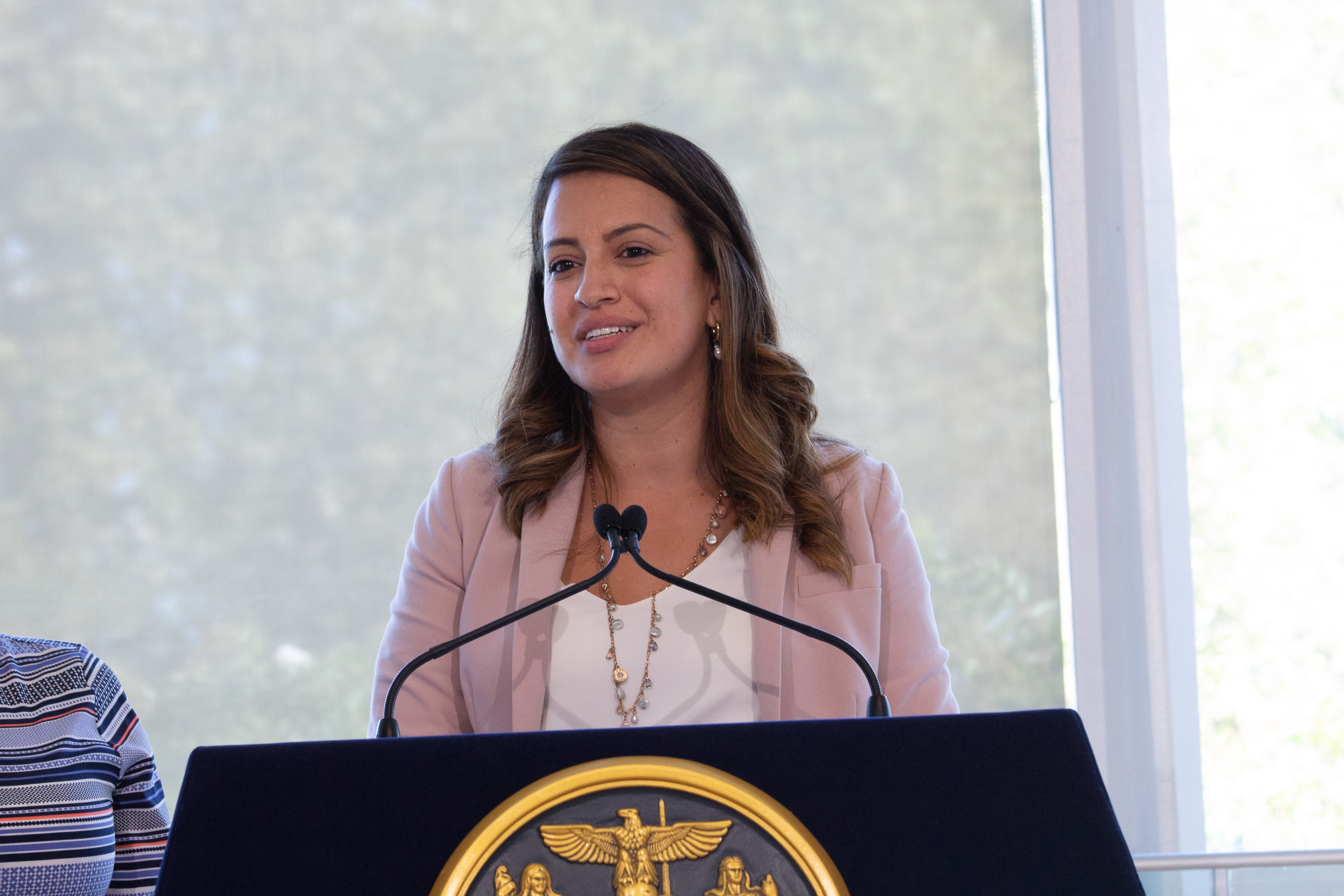 Ben Fractenberg/THE CITY
Ben Fractenberg/THE CITY
The organizations have received more than 1,100 calls or walk-ins so far, according to Jason Gough, a spokesperson for the governor’s office.
Assemblymember Catalina Cruz (D-Queens), whose district includes Corona, Elmhurst and Jackson Heights, told THE CITY that the government has a “lot to learn” from Ida about how to adequately protect immigrant communities.
“We can’t wait until the next hurricane to remember that people are living in basements,” Cruz said. “I would really like our state to stop working in emergency mode.”
THE CITY is an independent, nonprofit news outlet dedicated to hard-hitting reporting that serves the people of New York.

